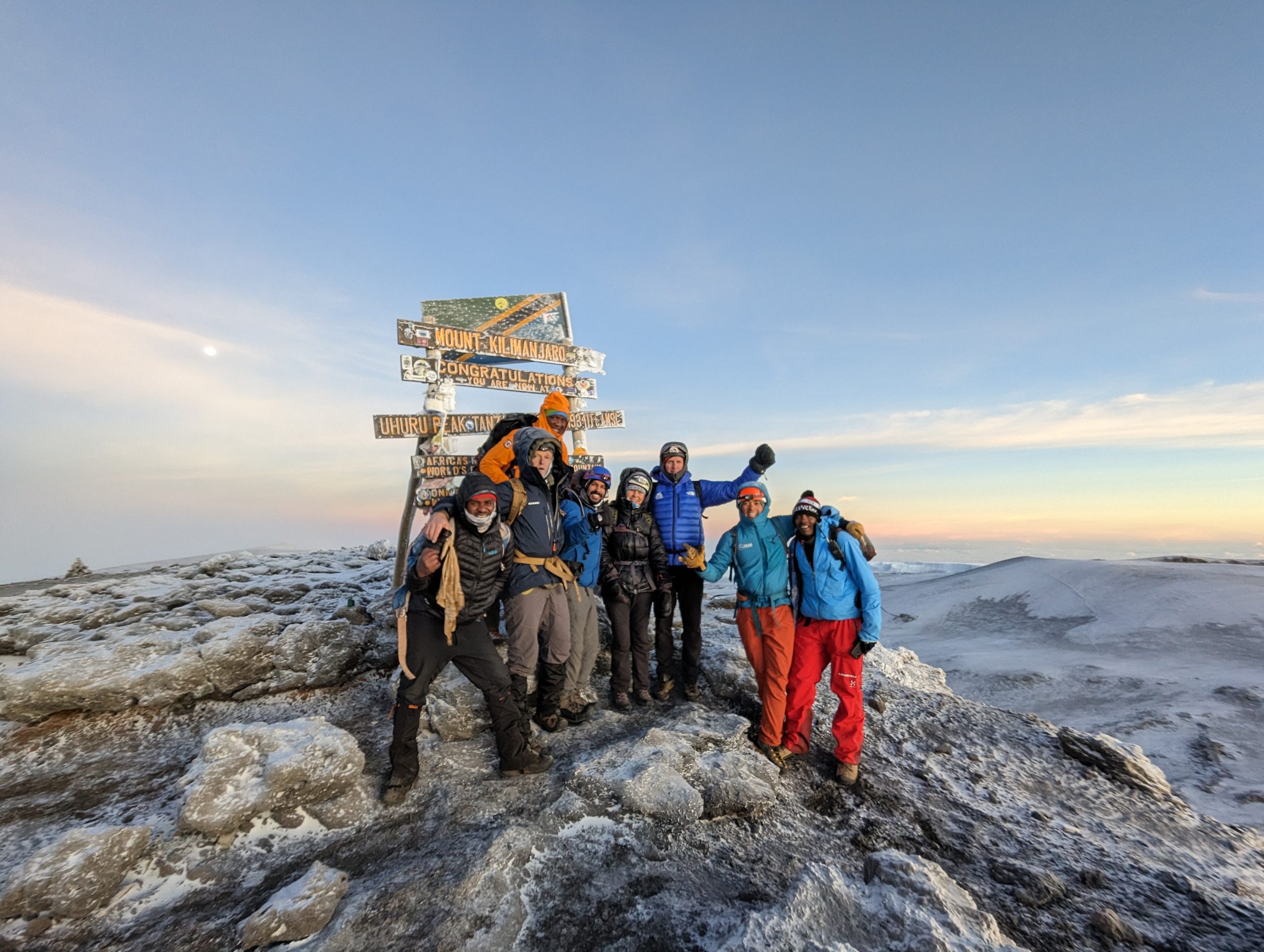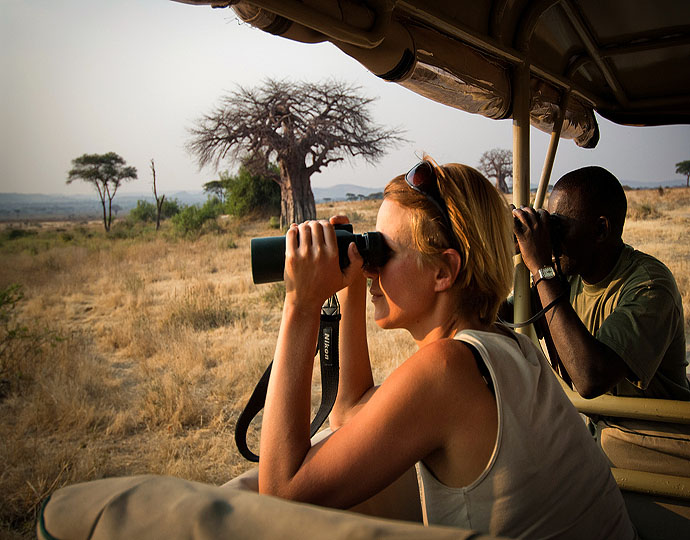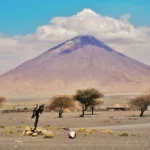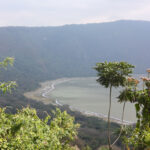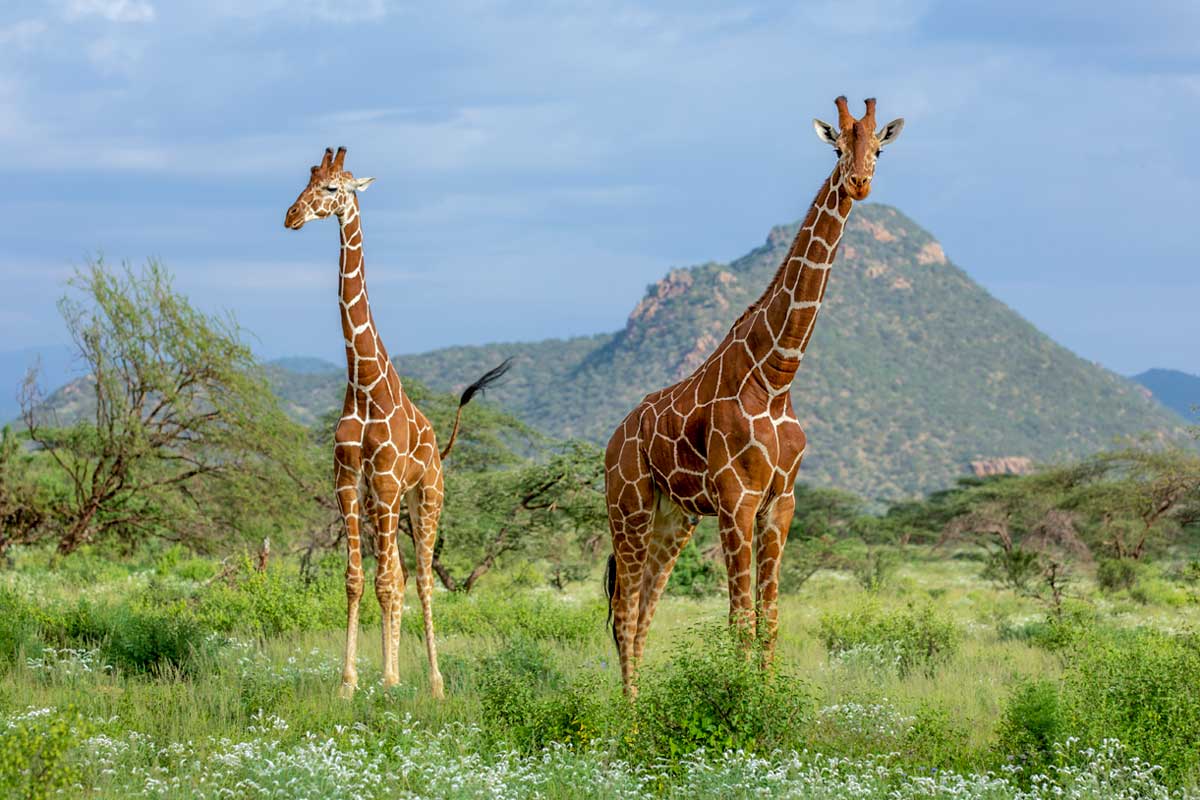
Overview
Mkomazi National Park, located in northeastern Tanzania, covers an area of approximately 3,245 square kilometers. Established as a national park in 2008, it shares a border with Tsavo West National Park in Kenya, forming a vital transboundary conservation area. Mkomazi is characterized by its semi-arid savannahs, acacia woodlands, and rolling hills, providing a unique habitat for a diverse range of flora and fauna. The park is particularly notable for its efforts in rhinoceros and African wild dog conservation, with dedicated breeding programs for these endangered species.
Activities
- Game Drives:
Explore the park’s diverse landscapes and wildlife, including elephants, giraffes, zebras, and various antelope species. With luck, you may also spot predators such as lions, cheetahs, and leopards. - Bird Watching:
Mkomazi is a birdwatcher’s paradise, hosting over 450 species of birds, including the rare Friedmann’s lark and the beautiful vulturine guineafowl. - Guided Walking Safaris:
Experience the park’s flora and fauna up close with guided walks, learning about the ecosystem, tracking animals, and identifying plant species. - Visit Rhino Sanctuary:
The park’s rhino sanctuary offers a unique opportunity to see these magnificent creatures up close and learn about the conservation efforts to protect them. - Camping:
Several designated camping sites provide an authentic bush experience, allowing visitors to immerse themselves in the sounds and sights of the African wilderness.
Best Time to Visit
The best time to visit Mkomazi National Park is during the dry season, from late June to early October. During this period, the vegetation is sparse, making wildlife viewing easier as animals congregate around water sources. The weather is also more pleasant, with cooler temperatures and minimal rainfall. However, the park is open year-round, and each season offers its own unique experiences.
FAQ
- How do I get to Mkomazi National Park?
- The park is accessible by road from Arusha or Moshi, with the nearest town being Same. The drive takes approximately 4-5 hours from Arusha and 2-3 hours from Moshi.
- Are there accommodations available in the park?
- Yes, there are several options, including campsites, basic lodges, and tented camps within and around the park.
- Is it safe to visit Mkomazi National Park?
- Yes, the park is generally safe for visitors. However, always follow the guidelines provided by park authorities and your tour guides.
- Can I visit the park independently, or do I need a guide?
- While independent visits are possible, hiring a guide is recommended for the best experience, as they can provide valuable insights and help spot wildlife.
- What should I pack for a trip to Mkomazi National Park?
- Essentials include light clothing for the day, warm clothing for the evenings, comfortable walking shoes, a hat, sunscreen, insect repellent, binoculars, and a camera.
Parks Nearby
- Tsavo West National Park (Kenya):
Just across the border, this park offers similar landscapes and wildlife, and the combined area with Mkomazi forms an extensive ecosystem. - Kilimanjaro National Park:
Located to the west, this park is home to Africa’s highest peak, Mount Kilimanjaro, and offers opportunities for trekking and wildlife viewing. - Arusha National Park:
Situated to the northwest, it features diverse landscapes, including the Momela Lakes, Mount Meru, and lush forests, home to various wildlife and bird species. - Serengeti National Park:
Further to the west, the Serengeti is world-famous for its annual wildebeest migration and abundant wildlife. - Tarangire National Park:
South of Arusha, Tarangire is known for its large elephant herds, baobab trees, and diverse wildlife.
Mkomazi National Park offers a unique and enriching experience for nature lovers, with its diverse wildlife, scenic landscapes, and conservation efforts making it a must-visit destination in Tanzania.
